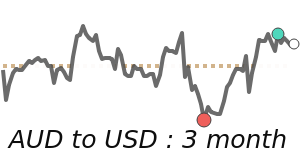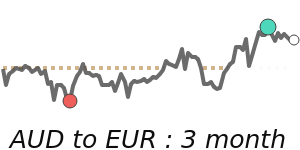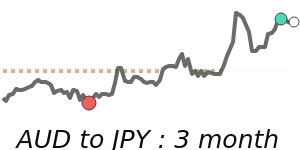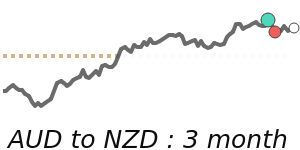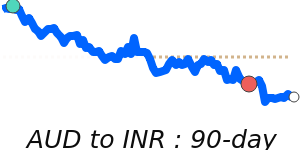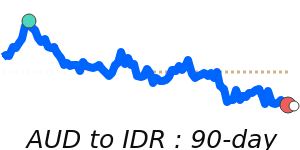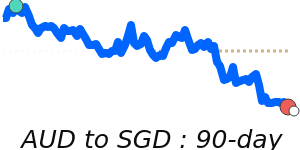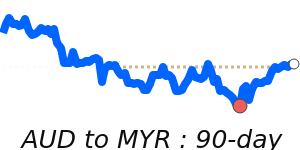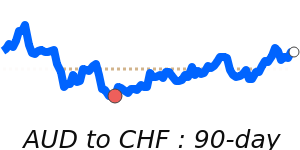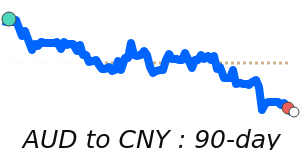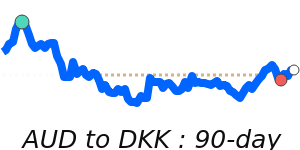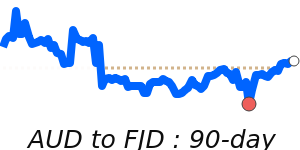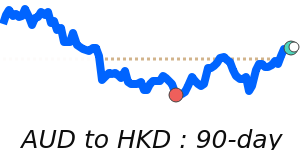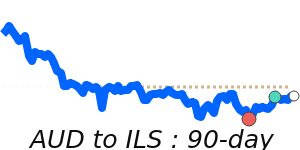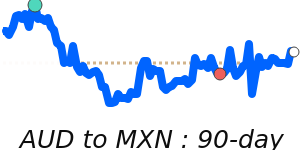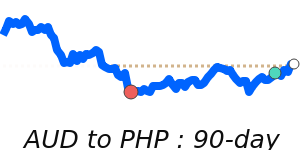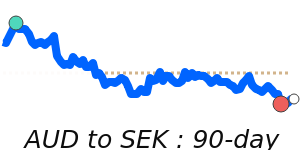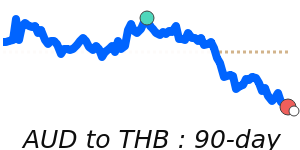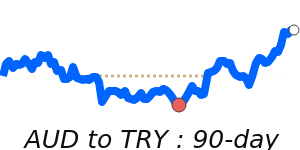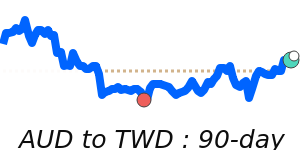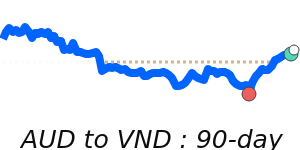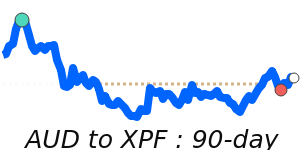The Australian dollar (AUD) has experienced fluctuations recently, influenced by various economic indicators. After a recent surge following positive trade data, the AUD struggled to maintain its gains as commodity prices dipped. Currently, it remains susceptible to global market sentiment with no major domestic data on the calendar.
Notably, a significant increase in household spending by 1.3% in October has been a catalyst for heightened expectations regarding potential interest rate hikes by the Reserve Bank of Australia (RBA). Coupled with robust annual growth of 2.1% in Q3, these developments have led many analysts to reassess the outlook for the AUD positively. Markets are speculating on a more hawkish RBA, particularly as consumer inflation climbed to 3.8%, the highest in ten months, which diminishes the likelihood of future rate cuts.
Despite these positive trends, the commodity-driven nature of the AUD means its performance remains closely tied to global economic dynamics. Analysts highlight the currency's sensitivity to prices of key exports like iron ore and coal. Currently, the AUD is trading at 0.6607 against the USD, just slightly above its three-month average, while also showing resilience against the EUR and GBP, indicating relative stability in these pairs.
Market observers note that the AUD is traditionally viewed as a risk-on currency, benefitting from positive investor sentiment. However, amid ongoing uncertainties, fluctuations are expected. As interest rates are poised to be one of the critical factors influencing currency valuation, the RBA is expected to continue scrutinizing the economic parameters that dictate its monetary policy.
In summary, while the AUD has shown strength due to positive economic indicators, external factors such as commodity price movements and global market risks will continue to play a significant role in determining its future trajectory.
